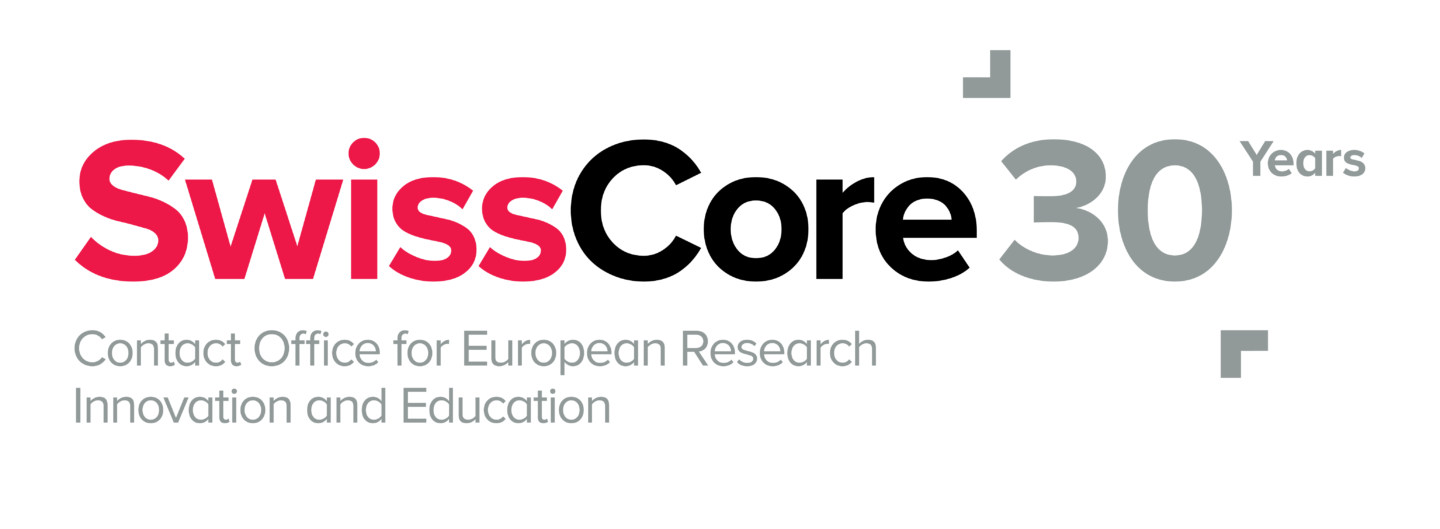Universities call for decisive action to strengthen Europe’s R&I landscape and to live up to the 3% of GDP goal for national R&I investment.
The discussions for a renewal of the European Research and Innovation Area (ERA) received a lot of attention from European university associations this month. The positioning comes on the heels of the European Research Area and Innovation Committee’s (ERAC) Opinion on the future of the ERA from late 2019. The ERAC wants to continue building on the progress of the past 20 years and further strengthen the ERA towards the creation of a “European community of knowledge producers and users”. The renewed ERA should be closer linked to education and better address societal goals and challenges, especially the Sustainable Development Goals (SDGs), in order to contribute to a research and innovation (R&I) driven sustainable growth and development model. The timing of the inputs from the universities is also linked to a Communication from the European Commission (EC) that is anticipated for 2020 – and last but not least to the ongoing discussion about the Multiannual Financial Framework 2021-2027 (MFF) of the European Union.
The European Universities Association (EUA), in a position paper earlier this March, called the ERAC’s Opinion “a good starting point for the renewed discussion”. Similar to ERAC in their Opinion, EUA is convinced that a consultation with the research and innovation (R&I) stakeholders is crucial in order to better embed the renewed ERA’s objectives and priorities within todays reality of European R&I. The voice of the European universities is important and powerful, as they are bridging education, research and innovation. Moreover, they employ an estimated 735’000 researchers and 1’484’000 people active as teachers in higher education, who create and disseminate knowledge and propel innovation.
The EUA perceives the stagnating level of public – and private – research funding as a main weakness of the current state of the ERA: “Our governments must significantly step up their commitment to European R&I, both at home and at the European level, for an increased combined public and private effort to reach the EU target of the 3% of GDP”. The largest European university association calls also for the right approach – for “smart directionality”, that includes the “right mix of curiosity-driven and mission-driven R&I policy that would reinforce each other for the benefit of society”. Moreover, the EUA requests EU institutions to protect European values – especially academic freedom and high standards for research ethics and integrity, and strongly supports the transition towards open science. According to the EUA, “spreading excellence and widening participation are essential to developing a truly unified research area in Europe, free from the continued divides between and within countries and regions”. In order to achieve that, it will be important to find the right governance between EU, national and regional levels. Furthermore, the EUA agrees with the ERAC Opinion that the ERA should be open to the world and include the members of the European Higher Education Area (EHEA).
The association of universities of science and technology in Europe, CESAER, in mid-March, also adopted a position paper on ERA, and the related development of a vision 2030 on the Universities of the Future in Europe. CESAER is pointing out that the goal of 3% of GDP for R&I that was agreed to in the Europe 2020 strategy was not fulfilled by 24 out of 28 countries. Thus, the association calls for establishing an “enforceable percentage of GDP targets” for research and innovation, as well as for higher education. In order to implement this demand, CESAER asks to formally include the percentage of GDP targets in the European Semester in order to regularly monitor progress. Furthermore, the universities of science and technology call on the EC and EU Member States to maintain a balance between competitive and non-competitive funding. With regard to the European roadmap for Research Infrastructures, CESAER urges to further expand support. On a more detailed-technical level, CESAER asks to align the EU’s accounting practices with usual practices (in institutions) and cover real costs. Furthermore, the association cautions against increased administrative burdens for universities that are participating in European programmes. CESAER demands higher funding for important instruments, such as the European Research Council (ERC) and points to persistent underfunding: “Since the start of Horizon 2020 in 2014, each year between 350 to 630 projects considered excellent by ERC panels could not be funded because of insufficient funds.”
The Guild of European Research-intensive Universities welcomes the ERAC Opinion and comes to similar conclusions as EUA and CESAER. The research-intensive universities state that R&I investments in Europe were not increased over the last years – “despite the figures demonstrating that they result in significant economic return”. For the time of the 7th EU Framework Programme for Research and Innovation, each euro invested triggered 11 euros of positive economic effects, according to the Guild. The research-intensive universities are also of the opinion that a strong ERA has become even more important for Europe’s capacity to meet the SDGs. The Guild is highlighting the importance of the transition to Open Science that has now become a priority in EU research policy, its implementation requiring reforms also on the national level. Despite the growing importance of science and research for society and economy, the Guild finds that “the commitment to invest in this area has showed signs of weakening in many European countries”, concluding that the revitalisation of the ERA should be a high priority for European societies.

